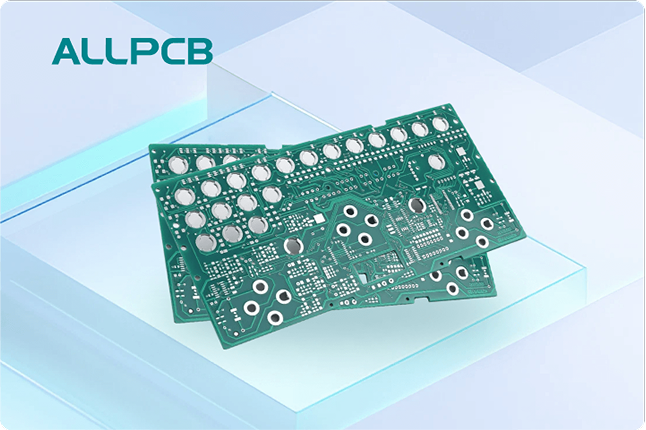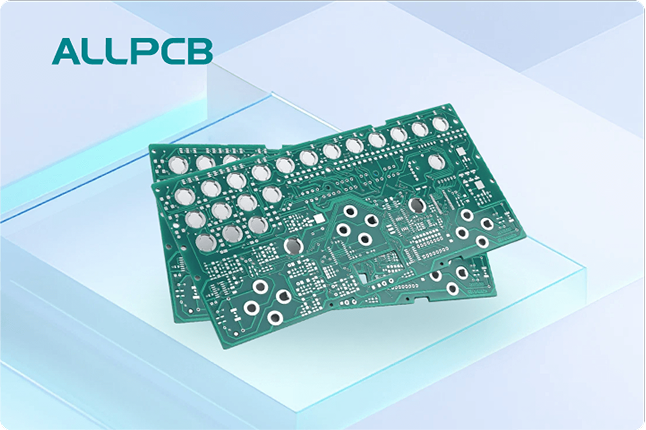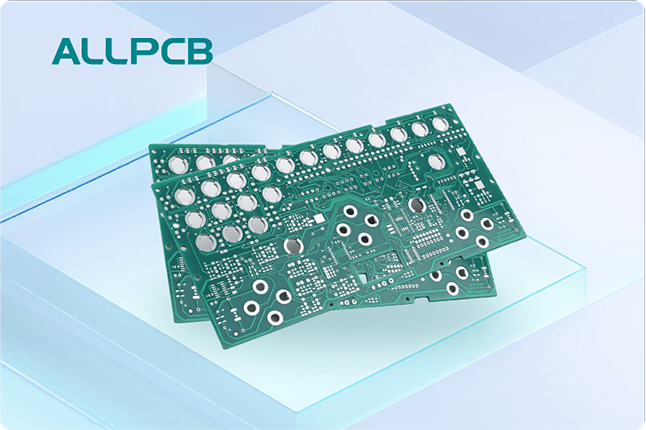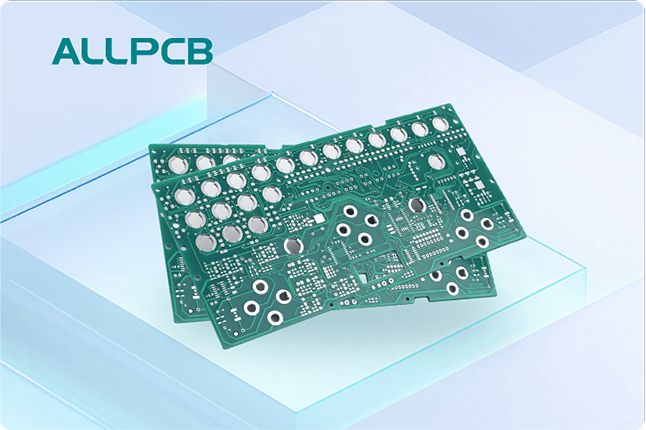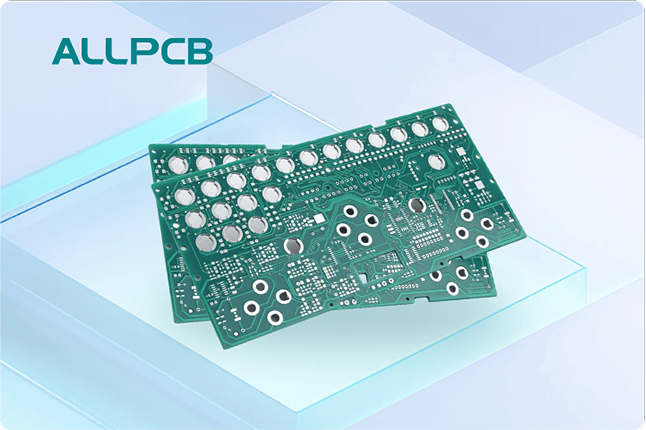Flexible Printed Circuit Boards (Flex PCBs) are vital in modern electronics, offering lightweight, compact, and adaptable solutions for devices ranging from smartphones to medical equipment. However, their unique design also makes them prone to issues like continuity failures due to bending stress and dynamic flexing. If you're facing challenges with flex PCB continuity or need effective flexible circuit testing and flex PCB repair methods, you've come to the right place. In this comprehensive guide, we'll walk you through the essentials of troubleshooting Flex PCBs, focusing on continuity testing under bending stress continuity and dynamic flexing continuity conditions, along with practical repair techniques to ensure reliability.
Whether you're an engineer designing cutting-edge wearables or a technician maintaining industrial equipment, this blog will provide actionable insights to diagnose and fix Flex PCB issues efficiently. Let’s dive into the details of testing and repairing flexible circuits to keep your projects running smoothly.
What Are Flex PCBs and Why Do They Fail?
Flex PCBs are thin, lightweight circuit boards made from flexible materials like polyimide or polyester, allowing them to bend, fold, or twist without breaking. Unlike rigid PCBs, they can conform to complex shapes, making them ideal for compact or dynamic applications. However, this flexibility comes at a cost—Flex PCBs are more susceptible to damage from mechanical stress, environmental factors, and manufacturing defects.
Common reasons for Flex PCB failures include:
- Bending Stress: Repeated bending or sharp folds can cause cracks in conductive traces, disrupting flex PCB continuity.
- Dynamic Flexing: Continuous movement in applications like wearable devices can wear down traces over time, affecting dynamic flexing continuity.
- Environmental Factors: Exposure to heat, humidity, or chemicals can degrade the flexible substrate or adhesive layers.
- Manufacturing Defects: Poor soldering, misaligned layers, or weak materials can lead to early failures.
Understanding these failure modes is the first step to effective troubleshooting. By focusing on proper testing and repair, you can extend the lifespan of your flexible circuits and maintain their performance.
Importance of Continuity Testing in Flex PCBs
Continuity testing is a critical process to ensure that electrical pathways in a Flex PCB are intact and functioning. It involves checking whether current can flow uninterrupted through the conductive traces. For flexible circuits, continuity issues often arise from mechanical stress, making regular testing essential for reliability.
Without proper flexible circuit testing, small cracks or breaks can go unnoticed, leading to complete failure over time. Continuity testing helps identify these issues early, especially in applications where bending stress continuity and dynamic flexing continuity are concerns. For instance, in a wearable fitness tracker, even a minor break in a trace due to repeated bending can cause data loss or device malfunction.
Testing also ensures compliance with industry standards like IPC-6013, which outlines performance requirements for flexible circuits. By conducting thorough tests, you can prevent costly downtime and maintain the integrity of your electronic systems.
Tools and Methods for Flex PCB Continuity Testing
To perform effective flex PCB continuity testing, you’ll need the right tools and techniques. Here’s a breakdown of the essentials:
Essential Tools for Testing
- Digital Multimeter (DMM): A versatile tool to measure resistance and check for open or short circuits. Look for a model with high sensitivity to detect subtle changes in resistance, ideally with a range of 0.1 ohms to 10 megaohms.
- Continuity Tester: A simple device that beeps when a circuit is complete, useful for quick checks on traces.
- Microscope or Magnifying Glass: To visually inspect traces for cracks or damage, especially in areas prone to bending stress continuity issues.
- Flexing Test Equipment: Specialized machines that simulate repeated bending or dynamic flexing to test dynamic flexing continuity under real-world conditions.
Step-by-Step Continuity Testing Process
- Visual Inspection: Start by examining the Flex PCB under magnification for visible cracks, tears, or solder joint failures. Focus on areas subjected to frequent bending.
- Basic Continuity Check: Use a multimeter set to continuity mode. Place the probes on either end of a trace. A beep or low resistance reading (e.g., below 1 ohm) indicates a complete circuit, while no beep or infinite resistance suggests a break.
- Stress Testing: For applications involving movement, simulate bending or flexing while testing. Monitor for intermittent continuity losses, which indicate potential failures under dynamic flexing continuity conditions.
- Thermal Stress Testing: Expose the Flex PCB to temperature cycles (e.g., -40°C to 85°C) to check if thermal expansion causes continuity issues, as materials can contract or expand unevenly.
- Document Results: Record resistance values and failure points for future reference. This data helps in identifying recurring issues and improving design.
Advanced Testing for Bending and Dynamic Flexing
For applications where Flex PCBs endure constant movement, advanced testing is necessary. Bend cycle testing involves flexing the circuit a specific number of times (often 10,000 to 100,000 cycles) while monitoring continuity. Specialized equipment can apply controlled bending radii, typically ranging from 5mm to 20mm, depending on the design specifications. If continuity fails after a certain number of cycles, it indicates a weakness in the material or trace layout that needs addressing.
These tests are crucial for ensuring bending stress continuity and dynamic flexing continuity, especially in high-reliability sectors like aerospace or medical devices. Standards like IPC-6013 recommend specific test parameters to validate performance under stress.
Common Continuity Issues in Flex PCBs and Their Causes
Understanding the root causes of continuity failures helps in both prevention and troubleshooting. Here are some frequent issues:
- Cracked Traces: Often caused by excessive bending beyond the recommended radius (e.g., below 10 times the thickness of the PCB). A crack as small as 0.1mm can disrupt signal flow.
- Solder Joint Failures: Poor soldering or mechanical stress can weaken connections, leading to intermittent continuity.
- Material Fatigue: Repeated dynamic flexing continuity stress can cause fatigue in copper traces, reducing conductivity over time.
- Environmental Damage: Moisture or chemical exposure can corrode traces, increasing resistance (e.g., from 0.5 ohms to over 100 ohms).
Identifying these issues through flexible circuit testing allows for targeted repairs and design improvements, minimizing future failures.
Repair Techniques for Flex PCBs
Once you’ve identified a continuity issue, the next step is repair. While Flex PCBs are delicate, many problems can be fixed with the right approach. Here’s how to handle common flex PCB repair scenarios:
Repairing Cracked Traces
If a trace is cracked due to bending stress continuity issues, you can often repair it using conductive epoxy or by soldering a jumper wire:
- Clean the damaged area with isopropyl alcohol to remove contaminants.
- Apply a small amount of conductive epoxy (with a resistance of less than 0.1 ohms per square) over the crack, ensuring it bridges the gap.
- Alternatively, solder a thin jumper wire (e.g., 30 AWG) across the break for a more durable fix.
- Test continuity with a multimeter to confirm the repair.
Fixing Solder Joints
Weak or broken solder joints can be repaired by re-soldering:
- Remove old solder using a desoldering braid and a low-temperature soldering iron (around 260°C to avoid damaging the flexible substrate).
- Apply fresh solder and ensure a clean, shiny joint.
- Inspect under a microscope for cracks or cold solder joints.
Reinforcing Flex Areas
For areas prone to dynamic flexing continuity failures, add reinforcement:
- Use a stiffener material like FR4 or polyimide tape to reduce stress on critical bend zones.
- Apply a conformal coating to protect against environmental damage.
When to Replace Instead of Repair
Not all Flex PCBs can be repaired. If damage is extensive—such as multiple broken traces, delamination of layers, or severe material fatigue—replacement is often more cost-effective. Repairs are best for minor, isolated issues, while widespread damage indicates a need for redesign or a new board.
Preventing Continuity Issues in Flex PCBs
Prevention is always better than repair. Here are some design and handling tips to avoid continuity failures:
- Optimize Bend Radius: Design with a bend radius at least 10 times the thickness of the Flex PCB to minimize bending stress continuity issues. For a 0.2mm thick board, aim for a 2mm radius.
- Use High-Quality Materials: Choose durable substrates like polyimide, which can withstand up to 100,000 flex cycles under standard conditions.
- Route Traces Strategically: Place traces perpendicular to the bend line to reduce stress during flexing.
- Handle with Care: Avoid sharp folds or excessive twisting during assembly and installation.
- Regular Testing: Perform periodic flexible circuit testing during development and after deployment to catch issues early.
By incorporating these practices, you can enhance the reliability of your Flex PCBs and reduce the need for frequent repairs.
Conclusion: Mastering Flex PCB Troubleshooting
Troubleshooting Flex PCBs doesn’t have to be daunting. By mastering flex PCB continuity testing and applying effective flex PCB repair techniques, you can ensure the longevity and performance of your flexible circuits. Whether you're dealing with bending stress continuity challenges or ensuring dynamic flexing continuity in demanding applications, the right tools and methods make all the difference.
Start with thorough flexible circuit testing using a multimeter or advanced flexing equipment to pinpoint issues. Then, apply targeted repairs like conductive epoxy or solder fixes for minor damages, and reinforce vulnerable areas to prevent recurrence. Finally, adopt best practices in design and handling to minimize future problems.
With these strategies, you’re well-equipped to tackle any Flex PCB challenge. Keep your projects on track by staying proactive and precise in your troubleshooting approach, ensuring reliable performance in even the most demanding environments.
 ALLPCB
ALLPCB



